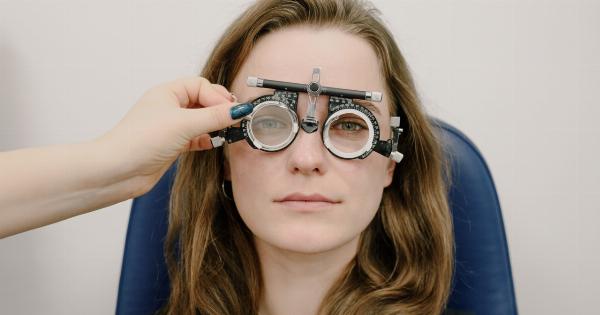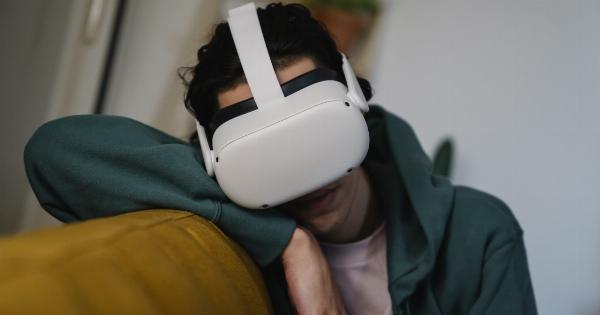For centuries, people who are blind have longed for a cure that could give them back their sight. Thanks to modern technology, this hope is no longer a distant dream.
The artificial retina, a new invention made possible through advanced research and cutting-edge technology, provides hope for the blind.
How it Works
The artificial retina is an implantable device that restores some vision to people who are completely blind or have very limited sight.
The device works by using an electronic chip that is implanted in the back of the eye, where it replaces the non-functioning retina. The chip is connected to a tiny video camera that is attached to a pair of glasses worn by the patient. The camera captures images and sends them to the chip, which then converts the images into electrical signals that are sent to the brain.
Who Can Benefit?
The artificial retina is designed for people who have lost their sight due to diseases such as retinitis pigmentosa, which is a genetic disorder that affects the retina, or age-related macular degeneration, which is a disease that affects the macula, the part of the eye that allows us to see fine details.
The Procedure
The procedure for implanting the artificial retina is typically done under general anesthesia. The surgeon makes a small incision in the eye and carefully places the device in the back of the eye, directly on the damaged retina.
The procedure typically takes less than an hour, and most patients can go home the same day.
Results and Benefits
The benefits of the artificial retina can be life-changing for people with severe vision loss. Although the device is not a perfect solution, it can help people with limited or no vision to see shapes and outlines.
In some cases, people may be able to read large print or distinguish colors. The device can also help people with day-to-day tasks such as navigating around obstacles, recognizing faces, and reading street signs.
Potential Risks and Complications
As with any surgical procedure, there are risks associated with implanting the artificial retina. These risks include infection, bleeding, and other complications associated with eye surgery.
Additionally, some people may experience minor side effects such as inflammation, swelling, and discomfort. However, the benefits of the device often outweigh these risks for people with severe vision loss.
Cost and Availability
The cost of the artificial retina varies, depending on the specific device and the patient’s insurance coverage. However, the procedure can be expensive and is not always covered by insurance.
The device is also not available at all hospitals or clinics, so patients may need to travel to specialized centers for surgery. However, more centers are becoming available and the cost is likely to decrease over time as the technology becomes more common and widely available.
Current Research
While the current artificial retina technology is a major development for people with severe vision loss, researchers are continuing to work on improving the device.
Some researchers are exploring ways to make the device smaller, or to incorporate wireless technology to make it more convenient for patients. Others are working on developing devices that can provide more detailed images or that can detect motion and changes in lighting conditions.
Conclusion
The artificial retina is a major breakthrough in the treatment of severe vision loss. While the device is not a perfect solution, it can provide significant benefits for people with limited or no vision.
As technology continues to advance, researchers are likely to make further improvements to the device, and make it more widely available to those in need.


























